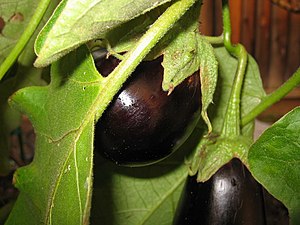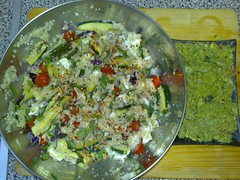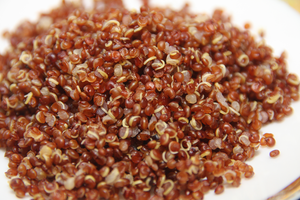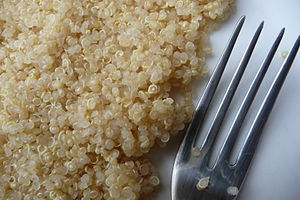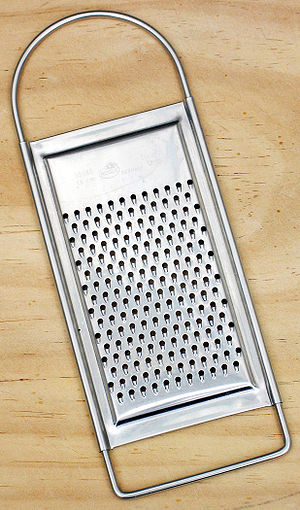Nothing says summer like a nice cold citrus drink. Maybe it's because the citrus flavors just scream “Summer's here!” Or perhaps it's because of the clean and refreshing taste. No matter what the reason, summer and citrus go hand-in-hand with a warm summer night. So sit back and relax with these mouthwatering drinks that feature citrus at its finest.
Refreshing Drinks for All Ages
These drinks have no spirits, but they have lots of 'spirit!' (If you prefer the adult version, simply add alcohol of your choice - or see more recipes below.) They are easy to make, and very tasty. With these recipes, you will never go back to processed powdered or canned drinks again.
Limeade
This is one of the all time classics when it comes to summer. Limeade is a sweet and tart drink that not only refreshes, but makes a sunshine-drenched day even better. If you're looking forward to making a giant batch of limeade to share with your friends and family, this is a super simple method.
Juice four to six fresh ripe limes, then combine with one liter of lemon-lime seltzer water, which can usually be found on the soda aisle of your local grocer. Add in some superfine (castor) sugar to taste. Once you have everything mixed, throw some ice in a glass and fill it up with this over the top refreshing concoction.
Lime Sherbert Punch
Looking for something fun the kids can enjoy on a hot summer day? How about a lime sherbert punch? Not only does it taste great, the green foamy drink makes for a pretty amazing party drink when the neighborhood decides to stop by for some fun in the sun.
Grab a big bowl and combine a quart of lime sherbert, one liter of ginger ale, a can of sliced pineapples including the juice, and sliced rounds of lemon and lime. So pretty and so delicious.
Sparkling Italian Lemonade
Not your average lemonade, this drink is a basil-infused lemonade that will knock your swim-floaties off! There are certain flavors that play off each other, and lemon and basil are two of them. You won't ever go back to a plain old lemonade once you try this. But, before you get too far, you'll need to make the simple syrup. Don't worry; it's simple just like the name says. In a saucepan, put two cups of sugar, one cup of water, and a handful of washed and chopped fresh basil leaves. Over medium heat, cook this until the sugar melts and the liquid reduces just a bit. Then set aside and let the syrup cool.
To make the lemonade, take about 12 to 15 lemons and juice them. You want about two cups of freshly squeezed lemon juice. Put the juice into a pitcher and add in two cups of the basil infused simple syrup - or to taste. Then pour in two cups of sparkling water, add ice as desired, and serve immediately.
Refreshing Drinks for Adults
These are the 'spirited' drinks meant for adults. The freshness of the ingredients make these adult drinks stand out from the rest.
Mimosa Punch
As the dew rolls off the freshly cut grass, there is no more delightfully refreshing drink than a tall flute of mimosa punch. Mimosa punch is easy to make and even easier to drink at a brunch with your friends and family. Grab a can of orange juice concentrate, a bottle of club soda, and a bottle or two of sparkling wine or champagne.
Combine the thawed orange juice and about four cups of ice cold club soda and stir until they are well mixed. Once those two ingredients are together in a punch bowl, start adding the sparkling wine or champagne to taste, pour into flutes and serve with a fresh twist of orange and a sprig of mint.
Lemon Cucumber Gin Punch
Can you really combine something fun, something refreshing, and something healthy? That sounds like the perfect drink for summer. Of course gin is not considered healthy, but the lemon and cucumber are so cleansing, it's hard to not give this drink a little nod to healthy cocktail status.
Simply combine the juice of four lemons, along with the rinds, cut up a bit, into a bowl. Add about a cup of sugar, more or less as desired. Let this 'steep' for about half hour to one hour, then strain, discarding the rinds. Slice a large washed and unpeeled cucumber into thin rounds and put them to a pitcher. Pour in the strained lemon juice. Then pour in a full bottle of gin and let it steep for two hours. To serve, fill a tall glass with ice and pour punch into glass.
Whether you have a brunch planned at your house, or a pool party, or picnic, a refreshing citrus drink just fits. Summertime is the right time to enjoy these fresh, cooling beverages. Tweak them as you wish to suit your taste, then sip and relax!


